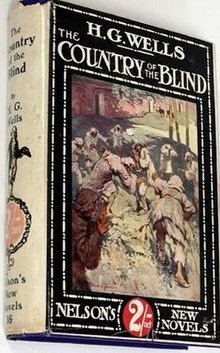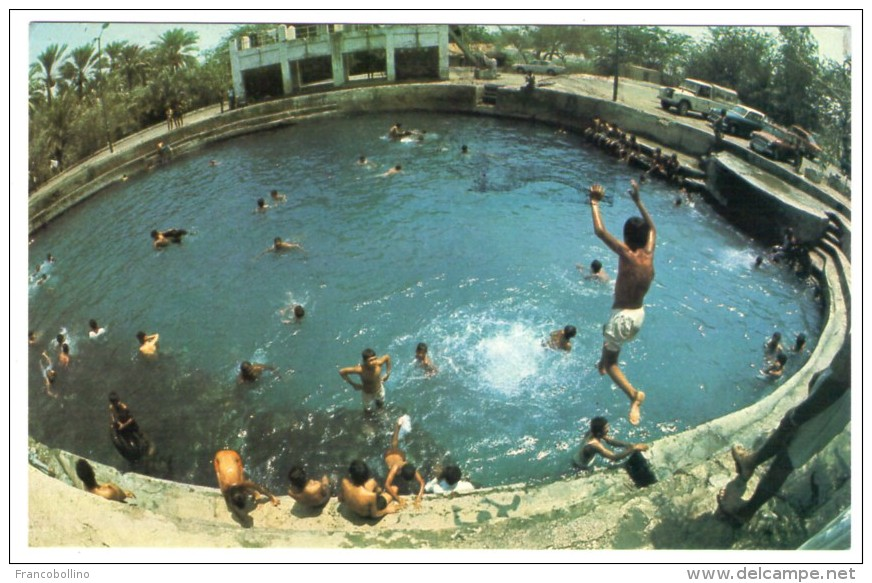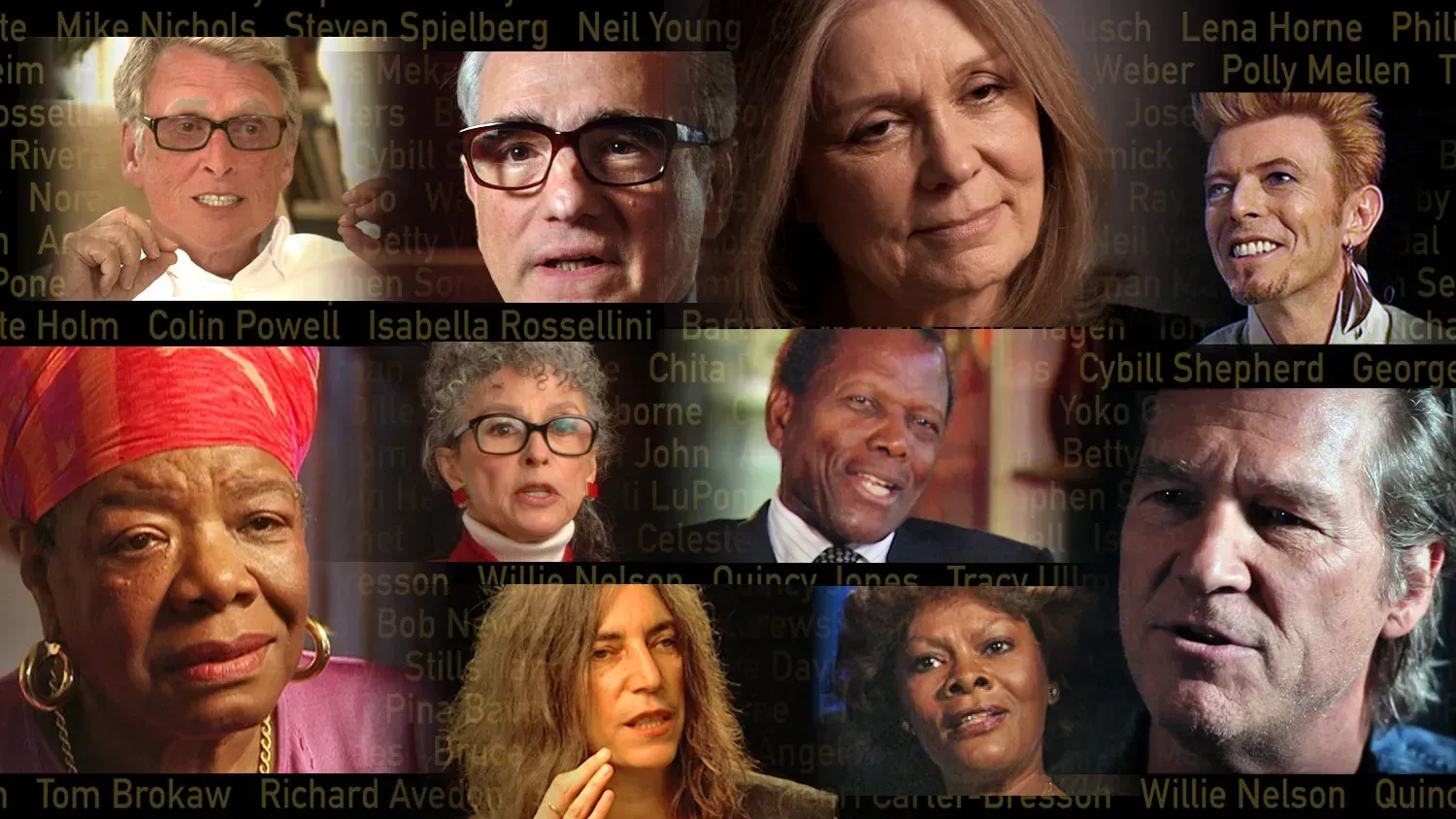Labyrinth’s Archivist (Book Secrets): Braille in a Fantasy World
Notes from my time writing “ The Labyrinth’s Archivist ” and fun tidbits.
Azulea lives in a culture and a family where knowledge and information is revered; where mapmaking and reading and writing is considered an essential skill. But Azulea is blind. No matter how great her memory is, I also needed to make her literate.
Literacy is the ability to read and write. That sounds odd but it makes sense when I tell you, in 1960 more than 50% of blind American children were literate in braille, but today less than 10% of blind American children are taught to read and write in braille.
As a blind woman, I use a computer with a screenreader and yes, my phone talks to me but I also read braille. While using technology for audio output it wonderful and has given me a whole internet full of information that I never had before, living completely aurally is not the same as being able to read and write.
Braille ensures you know how to spell words, and helps to understand their etymology and connections to each other, and in many ways braille allows you to more easily examine your grammar and sentence structure. If you do not have an independent efficient medium to read and write for yourself, then I would argue that you are not literate.
So where does Azulea get braille?
Azulea ran her fingers over a massive cabinet that covered an entire wall on her side of the room. It had dozens of small and large drawers. On each drawer was a label with tiny raised dots—her own writing system. Her grandmother had learned it from a trader who had been to the Parascotopetl world and then taught it to Azulea.
Another character, Davarr, refers to Parascotopetl as the “dark world”. Where better to have a version of braille arise than on a world that is shrouded in darkness?
Now, as for the “book secret”, did you recognize the name “Parascotopetl” ?
Parascotopetl is an homage to H.G. Wells’ short story, “The Country of the Blind.” Nunez is climbing the mountain Parascotopetl in Ecuador and falls down the far side into an isolated valley where all its inhabitants are blind.
You can read the story for yourself here: http://www.gutenberg.org/ebooks/11870

And just as a bit of trivia. Did you know there are braille-readers who can read with their fingers at speeds over 200 words per minute?


